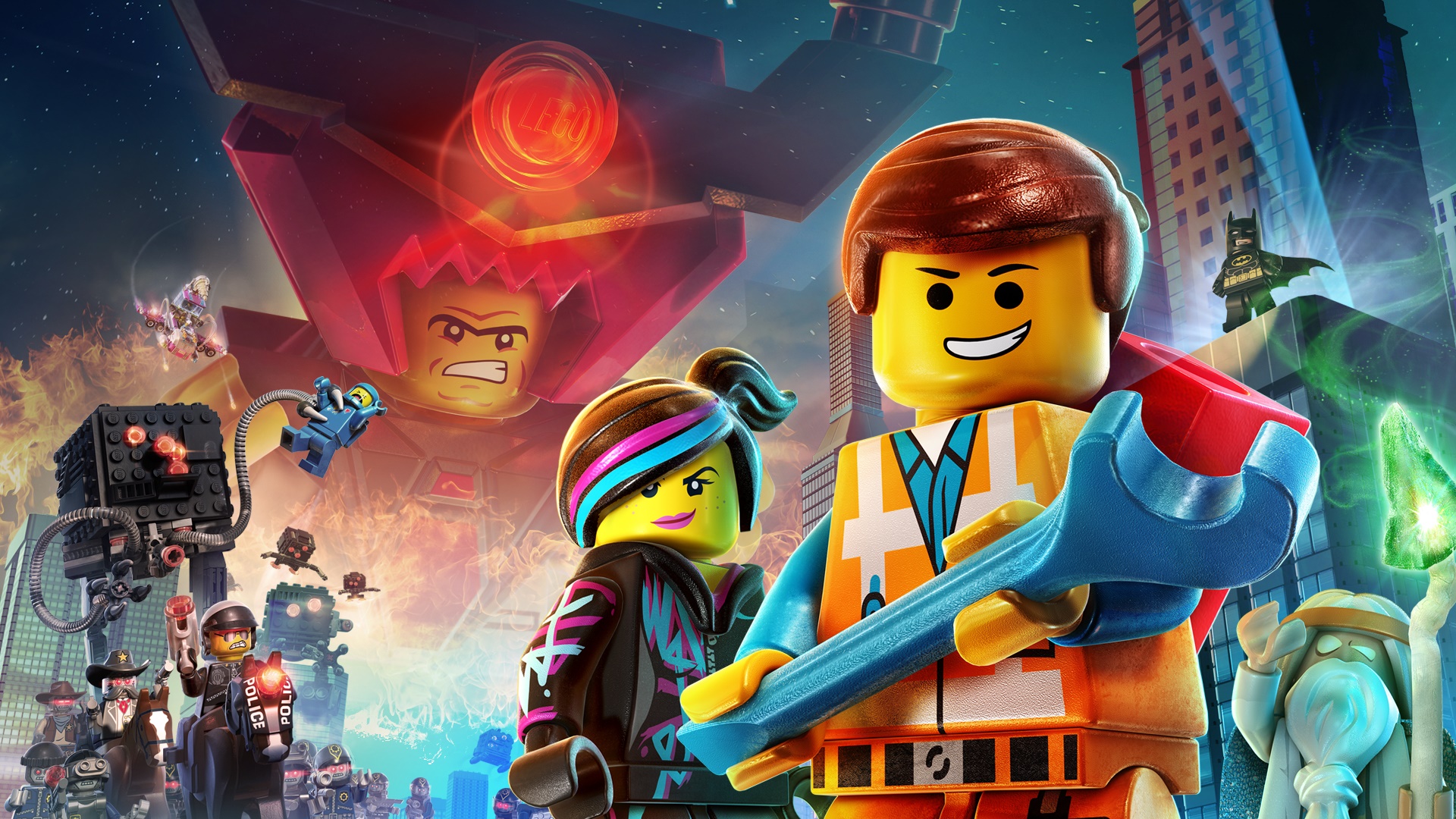If you wanted to buy an ad at this year’s Oscars, you’d have to shell out a cool $1.65 to $1.8 million. Or you could take the more difficult but worthwhile route — bankroll one of the biggest movies of the year and have the Oscars showcase your nominated song with celebrities like Will Arnett, Andy Samberg and, yes, Oprah.
Let’s cut to brass tacks: LEGO has become one of the best content marketers around. They’re so good that people are calling the fact that The LEGO Movie wasn’t nominated for Best Animated Picture the biggest snub of the year. Not bad for the largest toy company in the world.
Less than ten years ago, LEGO was losing serious money. Sales dropped 30% in 2003 alone. They had serious supply chain problems, distribution problems and, worst of all, weren’t very good at communicating with their core customers. So what changed?
Supply chain and distribution is obviously a large part of LEGO’s business (they’ve just opened a factory in China), but fixing their communication with customers is the driving force behind LEGO’s success, and LEGO has done that with content marketing. Ten years ago, LEGO was in a number of industries not related to their core business, like selling LEGO-branded clothing and video games. However, when it came time to cut superfluous parts loose, the clothing line was out — but video games remained.
Why? Content.
There are over fifty LEGO video games now, and they achieve three things. First, they bring LEGO into the digital world. Toymakers have long blamed digital media for declining profits — but LEGO got in on the act. Second, they’re letting players participate in creating more LEGO content, and a kid who plays the LEGO Harry Potter game is more likely to become a kid who asks for the LEGO Harry Potter play set for Christmas. Third — and this is the big one — Lego gets a piece of other premium branded content.
Like what? Oh, aforementioned Harry Potter, Star Wars, Marvel, Jurassic Park, and more. By partnering with people like Marvel, LEGO effectively gets to share Marvel’s already rich well of content, albeit this time with a LEGO brand.
All that brand-sharing, of course, culminated in the LEGO movie, which featured other major properties like Batman, Gandalf, Teenage Mutant Ninja Turtles, and far more pop culture references than would be pleasant or possible to mention.
And here’s the thing: people are well aware that they’re being marketed to. But that won’t stop the already scheduled sequel and spinoff LEGO Batman Movie from being a blockbuster. Not too bad when people are paying to watch your marketing, huh?
